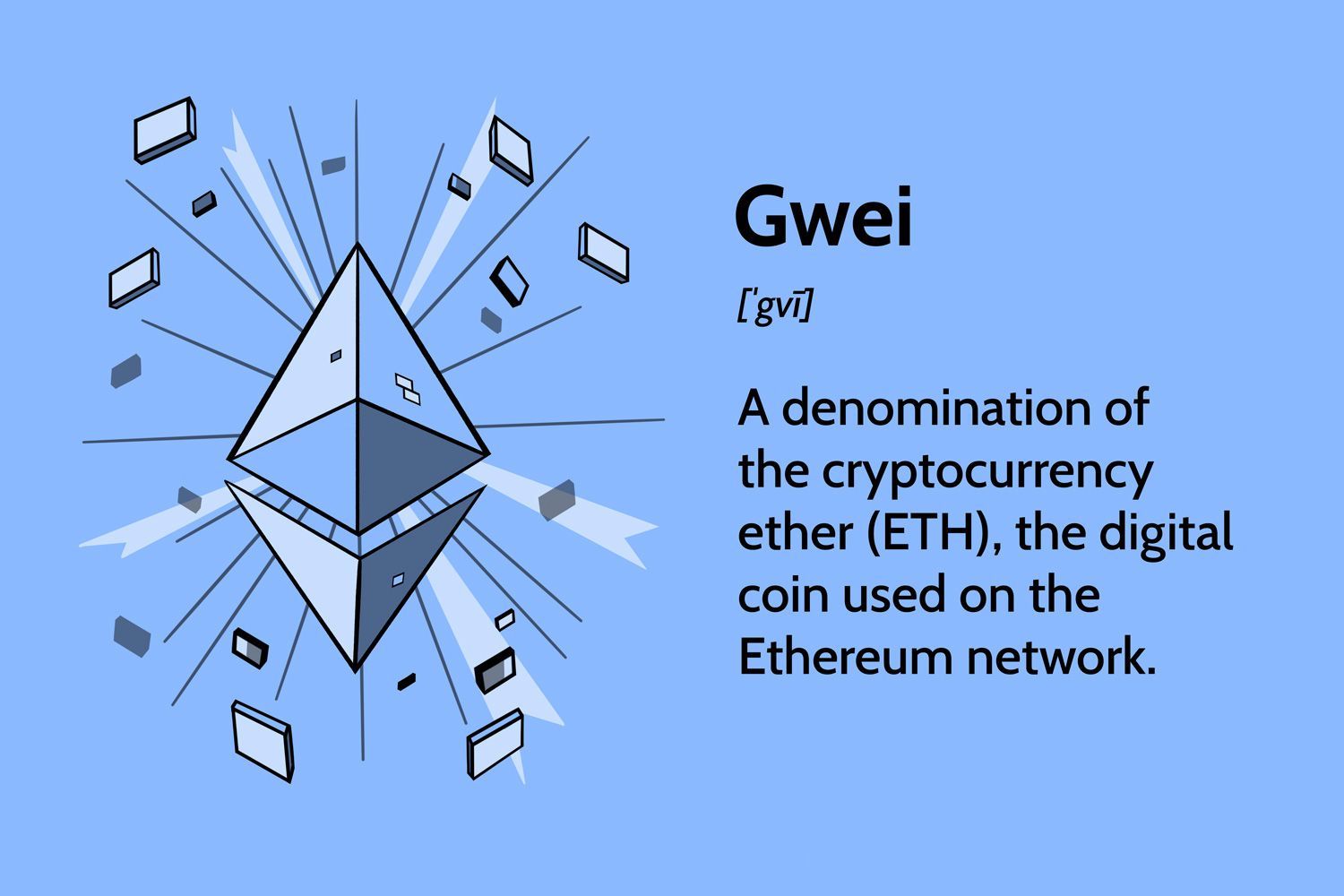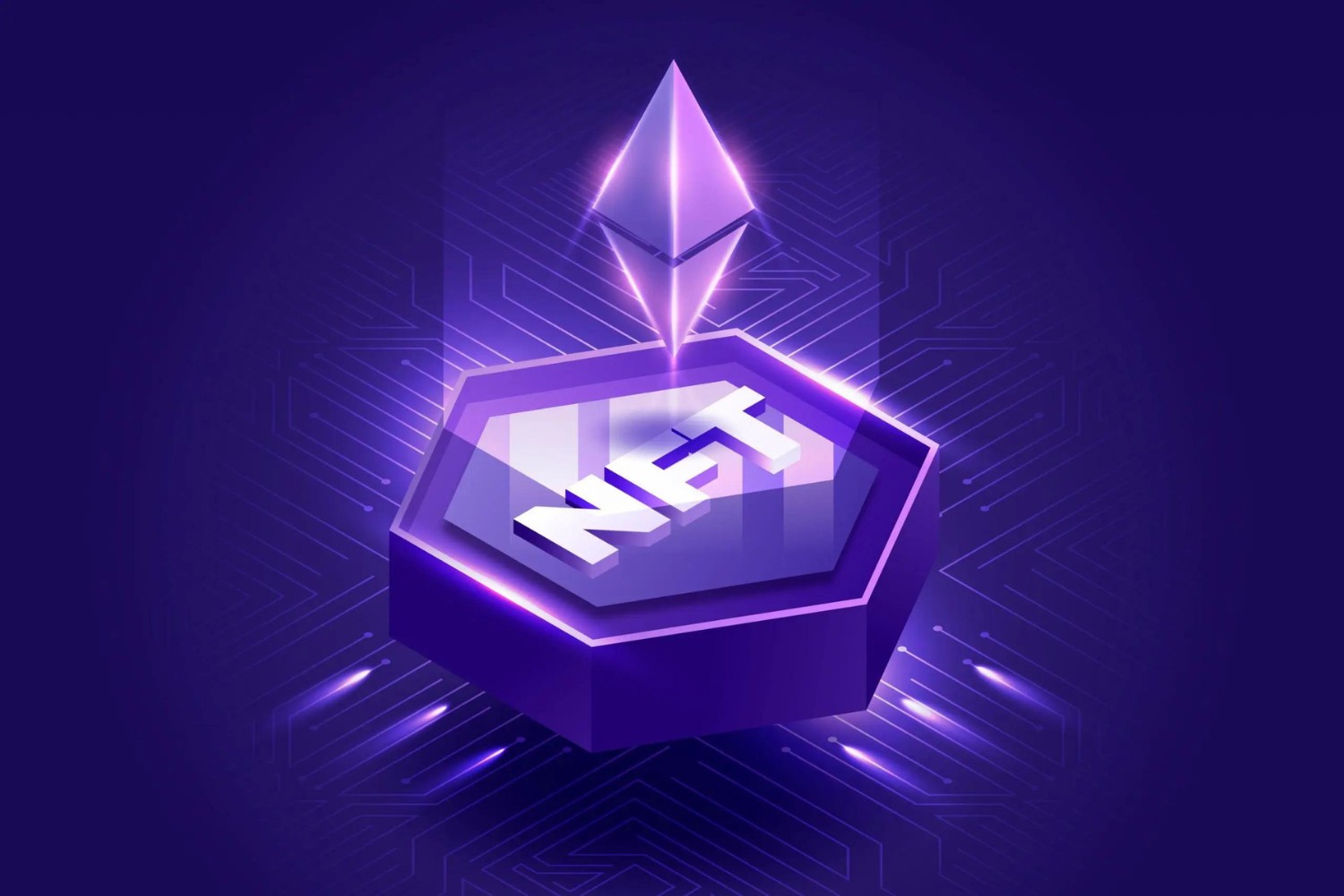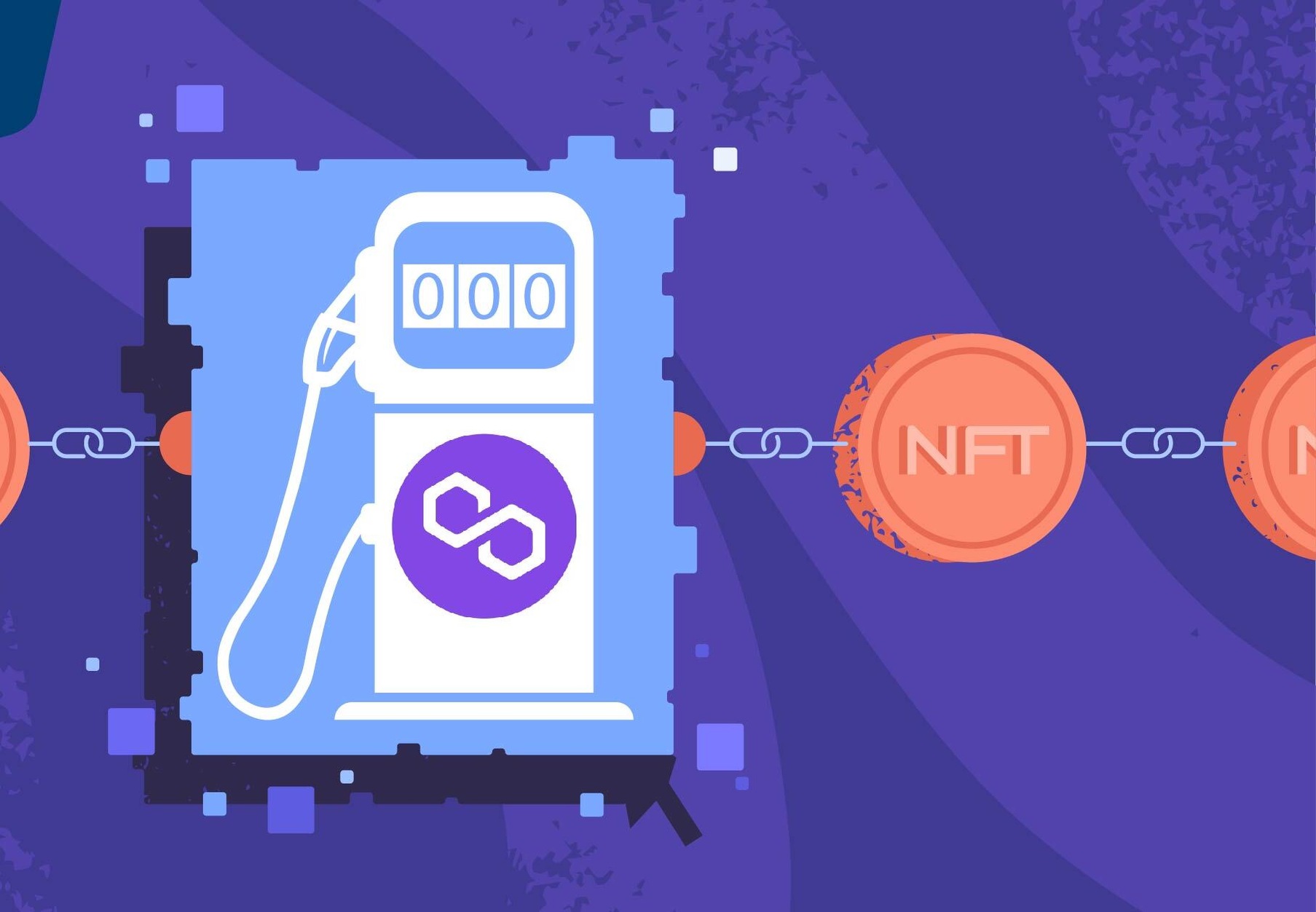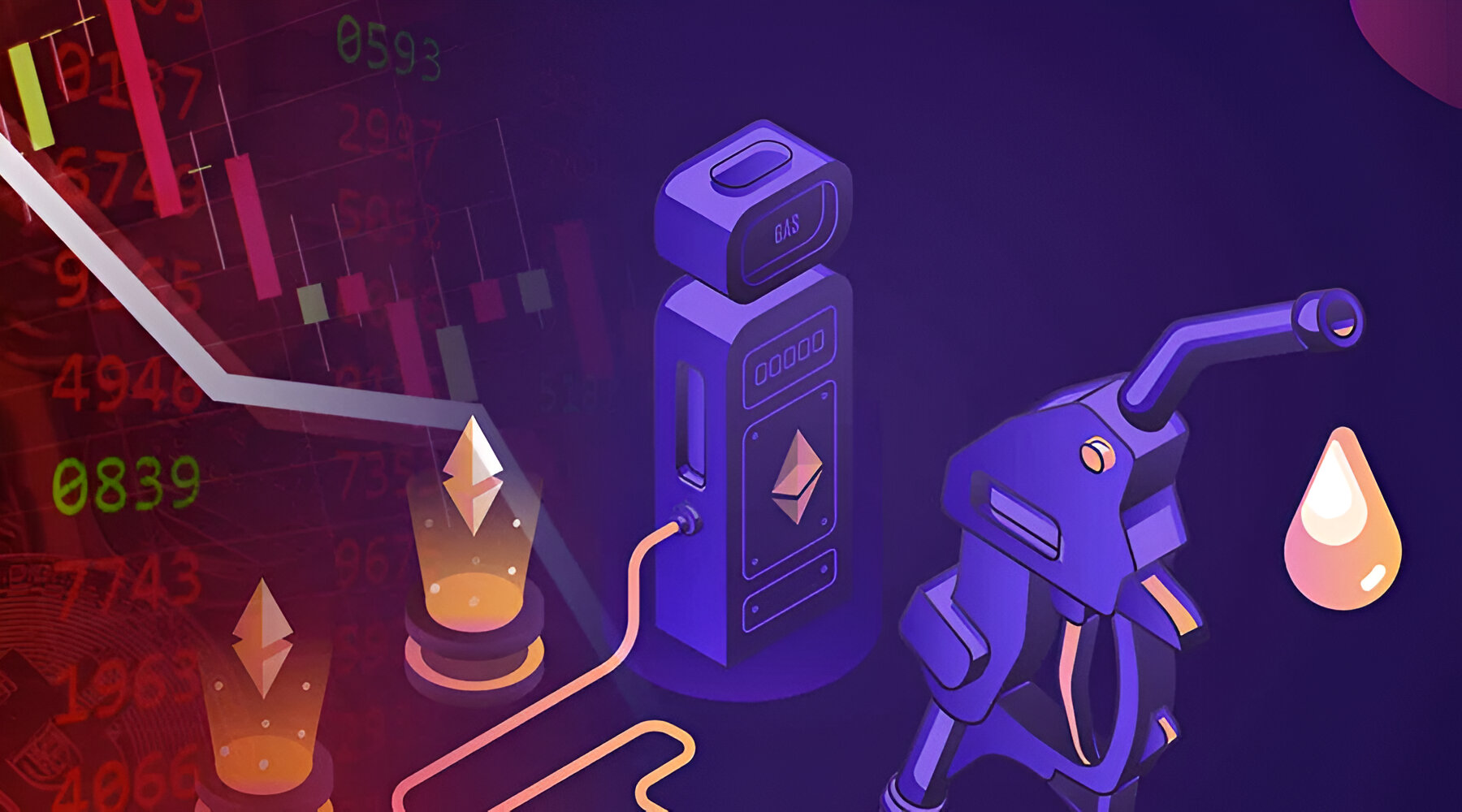Introduction
As the popularity of cryptocurrency continues to soar, one name stands out in the crowd – Ethereum. Known for its smart contract capabilities and decentralized applications, Ethereum has become the platform of choice for developers and users alike. However, as Ethereum gains more traction, one issue has been making waves in the community – the soaring gas fees.
Gas fees refer to the transaction fees users have to pay to execute actions on the Ethereum network. These fees ensure that the network remains secure and efficient by incentivizing miners to validate and process transactions. While some fees are necessary to maintain the integrity of the network, the recent surge in gas fees has left many users scratching their heads and questioning the sustainability of the Ethereum ecosystem.
So, what exactly is driving the high gas fees on Ethereum? Several factors contribute to this phenomenon, including the surge in popularity, network congestion, and scalability issues.
The Ethereum network has experienced a tremendous surge in popularity in recent years. As more individuals and businesses adopt Ethereum for various purposes, such as decentralized finance (DeFi) applications and non-fungible tokens (NFTs), the demand for transaction processing on the network has skyrocketed. This increase in activity has put a strain on Ethereum’s infrastructure, leading to congestion and higher gas fees.
Furthermore, Ethereum’s current architecture faces scalability challenges. The network can only handle a limited number of transactions per second, resulting in bottlenecks during periods of high demand. This limitation not only drives up gas fees but also affects the overall user experience, as transactions can take longer to be confirmed.
The impact of high gas fees extends beyond individual users and traders. Decentralized finance, or DeFi, which has gained significant momentum on the Ethereum network, is particularly susceptible to the effects of high gas fees. With many DeFi protocols relying on the execution of smart contracts for their functionality, substantial gas fees erode the value proposition of these platforms, deterring users and hindering the growth of the DeFi ecosystem.
Fortunately, the Ethereum community is actively working on solutions to address these challenges. The ongoing development of Ethereum 2.0 aims to introduce scalability improvements, such as the implementation of a more efficient consensus mechanism and shard chains. Additionally, Layer 2 solutions and alternative blockchains offer promising alternatives for reducing gas fees and improving the user experience.
While high gas fees on Ethereum are currently a pressing issue, the community’s commitment to innovation and improvement instills hope for a future with a more sustainable and user-friendly Ethereum network.
What are Ethereum Gas Fees?
If you’ve ever transacted on the Ethereum network, you’re likely familiar with the concept of gas fees. Gas fees refer to the fees users have to pay to perform any action or smart contract execution on the Ethereum blockchain. It is the fuel that powers the Ethereum network, ensuring that transactions and computations are processed securely and efficiently.
Gas fees are denominated in a unit called “gwei,” which is a fraction of Ether (ETH), the native cryptocurrency of the Ethereum network. The total cost of a transaction or smart contract execution is determined by multiplying the gas limit (the amount of computational work needed) by the gas price (the price of each unit of gas in gwei).
Gas fees serve three main purposes:
- Resource allocation: Gas fees help allocate network resources fairly by prioritizing higher-paying transactions. Miners are incentivized to prioritize transactions with higher gas fees, ensuring that scarce resources are allocated efficiently and that the network remains secure and functional.
- Prevention of spam and abusive behavior: By requiring users to pay gas fees for each interaction, the Ethereum network discourages spamming and malicious activities that could potentially congest the network. The cost associated with each transaction acts as a deterrent against such behavior.
- Incentivizing miners: Miners are the backbone of the Ethereum network, responsible for validating transactions and adding them to the blockchain. Gas fees act as incentives for miners, encouraging them to validate transactions and secure the network. Miners receive the gas fees as a reward for their computational work.
Gas fees vary depending on network conditions, demand, and the complexity of the operation being performed. During periods of high demand or network congestion, gas fees tend to increase as users compete for limited network resources. Conversely, during periods of low demand or when the network is less congested, gas fees tend to be lower.
It’s important to note that gas fees are not fixed and can fluctuate dramatically. Users have the flexibility to set their own gas price when initiating transactions or executing smart contracts, allowing them to choose their desired balance between speed and cost.
Understanding gas fees is crucial for Ethereum users, especially those involved in frequent transactions or interactions with smart contracts. By staying informed about gas prices and optimizing gas usage, users can minimize costs and ensure smooth and efficient interactions on the Ethereum network.
Factors Influencing Gas Fees
The cost of gas fees on the Ethereum network is influenced by various factors that determine the supply and demand dynamics within the ecosystem. Understanding these factors is essential for users to anticipate and navigate the fluctuating gas fee landscape. Here are some of the key factors that influence gas fees on Ethereum:
- Network congestion: The level of network congestion plays a significant role in determining gas fees. When the Ethereum network experiences high demand for transactions, such as during periods of ICOs, popular dApps, or market rallies, the limited processing capacity can lead to congestion. As a result, gas fees increase as users compete for scarce network resources.
- Gas limit: The gas limit is the maximum amount of gas that can be consumed by a transaction or smart contract execution. The more complex an operation or contract is, the higher the gas limit required. As the gas limit increases, so does the cost of the transaction or execution, leading to higher gas fees.
- Gas price: The gas price is the amount of ETH that users are willing to pay per unit of gas. It determines the priority of a transaction or smart contract execution. When users are willing to pay a higher gas price, their transactions are more likely to be included in the next block by miners. During periods of high demand, users may need to set a higher gas price to ensure their transactions are processed in a timely manner, leading to increased gas fees.
- Block size: Each block on the Ethereum blockchain has a limited size, which determines the number of transactions that can be included in it. When the demand for transactions exceeds the block size, a backlog of pending transactions is created. Miners have to select transactions with higher gas prices to prioritize, leading to increased gas fees for those transactions.
- Market volatility: Gas fees can be influenced by market conditions and fluctuations in the price of Ether. During periods of high volatility and trading activity, gas fees may increase as more users engage with decentralized exchanges or other DeFi protocols.
It is important for users to be mindful of these factors when transacting on the Ethereum network, as they can significantly impact the cost and speed of transactions. By monitoring network conditions, optimizing gas usage, and adjusting gas prices accordingly, users can make informed decisions to minimize gas fees and enhance their overall Ethereum experience.
Surge in Popularity
Ethereum’s surge in popularity has been a driving force behind the recent increase in gas fees. As a blockchain platform that enables the creation of decentralized applications and smart contracts, Ethereum has gained widespread adoption and attention from developers, businesses, and users around the world.
One of the main reasons for Ethereum’s popularity is its versatility. The Ethereum network allows developers to build a wide range of applications, from decentralized finance (DeFi) protocols and non-fungible token (NFT) marketplaces to gaming platforms and decentralized exchanges. This flexibility has attracted a diverse community of developers and users, contributing to Ethereum’s rapidly growing ecosystem.
With the rise of decentralized finance (DeFi) applications, Ethereum has become a hub for financial innovation and experimentation. DeFi protocols enable users to access a range of financial services, such as lending, borrowing, and yield farming, without the need for intermediaries or traditional financial institutions. The promise of decentralization, transparency, and potentially higher returns has attracted a significant amount of capital and users to the Ethereum network.
As more users and businesses flock to Ethereum, the demand for transactions and interactions on the network has skyrocketed. This surge in activity has put immense pressure on the Ethereum infrastructure, leading to network congestion and higher gas fees.
In addition, the rise of non-fungible tokens (NFTs) has also contributed to Ethereum’s popularity and the subsequent increase in gas fees. NFTs are unique digital assets that can represent ownership of artwork, collectibles, and other digital assets. The popularity of NFT marketplaces, where users can buy, sell, and trade these digital assets, has exploded in recent months. However, each transaction involving NFTs requires gas fees to be paid, which adds to the overall network congestion and drives up gas fees for all users.
The surge in popularity of Ethereum and its diverse range of applications has demonstrated the potential of blockchain technology to revolutionize various industries. However, the network’s current infrastructure is struggling to keep up with the rapidly growing demand. The resulting congestion and high gas fees have created challenges for users and developers, calling for innovative solutions to improve scalability and optimize the Ethereum network.
Despite the challenges, Ethereum’s surge in popularity is a testament to its potential for transforming industries and empowering individuals through decentralization. As the Ethereum community continues to work on scalability solutions, the network’s popularity is likely to continue growing, fueling further innovation and adoption across a wide range of sectors.
Network Congestion
Network congestion is a major contributing factor to the high gas fees experienced on the Ethereum network. As the number of users and transactions on the network increases, the limited capacity of the Ethereum blockchain becomes overwhelmed, leading to congestion and delays in transaction processing.
The Ethereum network has a finite capacity to process transactions, with each block having a limited size. Each transaction requires a specific amount of computational work, which consumes gas, to be included in a block. When the demand for transactions exceeds the block size, a backlog of pending transactions occurs, resulting in network congestion.
During periods of network congestion, users experience delays in transaction confirmation and higher gas fees. Miners on the Ethereum network prioritize transactions based on their gas fees, selecting those with higher fees to include in the next block. This “fee market” dynamic incentivizes users to set higher gas prices to ensure their transactions are included promptly, further driving up gas fees.
Network congestion can occur for various reasons:
- Popular DApps and ICOs: Decentralized applications (DApps) and initial coin offerings (ICOs) generate significant transaction volumes during periods of high demand. This surge in activity can overwhelm the Ethereum network and lead to congestion, resulting in increased gas fees.
- Market rallies and trading spikes: During bullish market periods, when there is increased trading activity and demand for decentralized exchanges (DEXs), the Ethereum network can experience congestion. Users rush to execute trades and interact with DeFi protocols, causing higher gas fees and longer confirmation times.
- NFT marketplaces: The popularity of non-fungible tokens (NFTs) has surged in recent months, with artists, collectors, and enthusiasts engaging in NFT transactions. This increased activity puts additional strain on the Ethereum network, leading to congestion and higher gas fees.
- Smart contract interactions: Some decentralized applications and smart contracts require multiple interactions and computations, consuming more gas and contributing to network congestion. Complex operations can take longer to process, causing delays and increasing gas fees.
The Ethereum community recognizes the urgent need to address network congestion and scalability challenges. The development of Ethereum 2.0, a major upgrade to the network, aims to introduce significant scalability improvements, such as the implementation of shard chains and a proof-of-stake consensus mechanism. These advancements will increase the network’s capacity and allow for more efficient transaction processing, mitigating network congestion and reducing gas fees.
In the meantime, users can take proactive measures to minimize the impact of network congestion and high gas fees. This includes choosing optimal times to transact, monitoring gas prices, and utilizing Layer 2 solutions or alternative blockchains that offer lower fees and faster transaction confirmation.
While network congestion remains a challenge for Ethereum, ongoing efforts to improve scalability and optimize transaction processing will ultimately enhance the user experience and pave the way for a more sustainable and efficient blockchain ecosystem.
Scalability Issues
Scalability is a fundamental challenge that the Ethereum network faces, contributing to high gas fees and congestion. As the popularity of Ethereum grows and the demand for transactions increases, the network’s current infrastructure struggles to keep up with the growing volume of transactions, leading to scalability issues.
One of the primary scalability issues faced by Ethereum is its limited transaction processing capacity. The current design of the Ethereum blockchain allows only a finite number of transactions to be included in each block. As a result, during periods of high demand, the network becomes congested as the number of pending transactions surpasses the capacity of each block.
Another scalability challenge stems from the Proof-of-Work (PoW) consensus mechanism used by Ethereum. PoW requires miners to perform computationally intensive tasks to validate transactions and secure the network. While PoW is effective in ensuring security, it also poses limitations on scalability. The time and computational resources required to mine and validate each block can slow down transaction processing and result in network congestion.
Furthermore, Ethereum’s current architecture lacks the ability to process a large number of transactions simultaneously. The network can only handle a limited number of transactions per second, which becomes a bottleneck when the demand exceeds this capacity. As a consequence, users experience delays in transaction confirmation, and gas fees increase as users compete for limited transaction processing slots.
Recognizing the need for scalability improvements, the Ethereum community is actively working on Ethereum 2.0, a major upgrade aimed at addressing these challenges. Ethereum 2.0 will introduce a new consensus mechanism called Proof-of-Stake (PoS), which replaces energy-intensive mining with staking validators. PoS is expected to significantly improve scalability by allowing for faster block times and higher transaction throughput.
In addition to PoS, Ethereum 2.0 will implement shard chains, which will enable parallel transaction processing across multiple chains. By dividing the network’s computational load into smaller parts, shard chains will increase the overall capacity and scalability of the Ethereum network, reducing congestion and alleviating gas fee pressures.
While Ethereum 2.0 holds promise for addressing scalability issues, it is important to note that the migration to the new network is a complex and gradual process. In the meantime, Layer 2 scaling solutions, such as rollups and sidechains, offer interim scalability improvements. These solutions allow for off-chain transaction processing, reducing the burden on the Ethereum mainnet and lowering gas fees.
Overall, scalability remains a critical challenge for the Ethereum network. However, the ongoing development of Ethereum 2.0, along with Layer 2 solutions, demonstrates the commitment of the Ethereum community to ensure the long-term scalability and sustainability of the network.
The Impact on DeFi
The surge in gas fees on the Ethereum network has had a significant impact on the decentralized finance (DeFi) ecosystem. DeFi, which encompasses a wide range of financial applications built on blockchain technology, has flourished on the Ethereum network due to its smart contract capabilities and ecosystem maturity. However, the high gas fees experienced on Ethereum have presented challenges for the growth and accessibility of DeFi.
One of the key aspects of DeFi is the ability to lend, borrow, and earn interest on decentralized lending platforms. With high gas fees, the cost of executing lending or borrowing transactions can become prohibitively expensive, eroding the economic viability of these platforms. Users may find it uneconomical to engage in DeFi activities, leading to a decline in participation and liquidity within the ecosystem.
Similarly, the high gas fees hinder the effective functioning of decentralized exchanges (DEXs). DEXs, which rely on smart contracts for automated trading, require users to pay gas fees for each transaction. When gas fees are exorbitantly high, it becomes financially impractical for users to conduct frequent trades, impacting the liquidity and efficiency of the DEX platform.
Gas fees also pose challenges for users looking to interact with other DeFi protocols, such as yield farming and liquidity mining. These activities frequently involve complex smart contract interactions, which consume more gas and incur higher gas fees. Users who are unable or unwilling to bear the burden of excessive gas fees may opt out of participating in these lucrative opportunities, hindering the growth and vibrancy of the DeFi space.
Moreover, high gas fees disproportionately affect small-scale users and participants in developing economies who may have limited resources to allocate towards gas fees. This exclusionary aspect of high gas fees runs counter to the decentralized and inclusive ethos of DeFi, limiting access and participation opportunities for individuals seeking financial empowerment and alternative financial systems.
Recognizing the importance of addressing the impact of high gas fees on DeFi, the Ethereum community is actively exploring solutions to improve scalability and reduce transaction costs. Ethereum 2.0, with its planned upgrades, aims to enhance the scalability of the network and alleviate the burden of gas fees. In the interim, Layer 2 scaling solutions, such as rollups and sidechains, offer alternatives by enabling off-chain transaction processing, which can significantly reduce gas fees and improve the user experience for DeFi participants.
Despite the challenges posed by high gas fees, the DeFi ecosystem has demonstrated resilience and adaptability. Developers and stakeholders continue to innovate, exploring alternative blockchain platforms that offer lower transaction costs and scalability features. The emergence of cross-chain interoperability solutions also enables DeFi protocols to tap into different blockchain networks, diversifying options for participants and mitigating the impact of high gas fees on Ethereum.
While the impact of high gas fees on DeFi is significant, the ongoing efforts to solve scalability challenges and optimize transaction costs show promise for a future with a more accessible and sustainable DeFi ecosystem.
Solutions and Alternatives
The Ethereum community is actively exploring solutions and alternatives to address the challenges posed by high gas fees and network congestion. Here are some of the initiatives and approaches being pursued:
Ethereum 2.0: The highly anticipated Ethereum 2.0 upgrade aims to introduce significant scalability improvements to the network. This includes the implementation of shard chains and a transition from the current Proof-of-Work (PoW) consensus mechanism to Proof-of-Stake (PoS). By allowing parallel transaction processing and reducing the computational workload, Ethereum 2.0 has the potential to significantly improve scalability and alleviate congestion, leading to lower gas fees.
Layer 2 Scaling Solutions: Layer 2 solutions offer alternatives to mitigate high gas fees and increase transaction throughput. These solutions involve moving transactions off the Ethereum mainnet to a secondary layer that operates on top of the base layer. Rollups and sidechains are examples of Layer 2 scaling solutions that enable off-chain transaction processing, significantly reducing gas fees and improving scalability. Users can interact with Layer 2 solutions while enjoying the security and decentralization provided by the Ethereum mainnet.
Alternative Blockchains: Some users and developers are exploring alternative blockchains that offer lower transaction costs and enhanced scalability compared to Ethereum. These blockchains, such as Binance Smart Chain and Polygon (formerly Matic Network), offer a range of DeFi protocols and application compatibility, providing users with options beyond the Ethereum network. Cross-chain interoperability solutions also enable the seamless transfer of assets between different blockchains, allowing DeFi participants to take advantage of alternative platforms while maintaining connectivity with Ethereum.
Gas Optimization Techniques: Users and developers can employ gas optimization techniques to reduce gas fees and improve transaction efficiency on the Ethereum network. These techniques include optimizing smart contracts and transactions to minimize computational complexity, avoiding unnecessary storage or computation, and utilizing gas-efficient coding patterns. Properly setting gas limits and gas prices based on the specific requirements of a transaction can also help optimize costs and reduce gas fees.
Competition and Innovation: The challenges posed by high gas fees have spurred competition and innovation within the blockchain industry. Various projects are exploring novel consensus mechanisms, such as Proof-of-Space-Time (PoST) and Proof-of-Activity (PoA), which aim to offer alternative solutions to scalability and transaction processing. The development of layer 1 blockchain protocols, such as Polkadot and Solana, also seeks to provide high scalability and low transaction costs, presenting alternatives to the Ethereum network.
While these solutions and alternatives are being actively pursued, it is important to note that the transition and implementation may take time. The Ethereum community is committed to finding sustainable and scalable solutions to reduce gas fees and improve the user experience for DeFi and decentralized applications.
As the blockchain industry continues to evolve, advancements in scalability, interoperability, and optimization techniques hold the promise of a future where decentralized applications can thrive on networks that are affordable, efficient, and accessible to all.
Conclusion
The surge in Ethereum gas fees has emerged as a major concern for users and developers within the cryptocurrency ecosystem. As the popularity of Ethereum grows, the network has experienced network congestion and scalability challenges, leading to high gas fees.
Factors such as network congestion, scalability limitations, and the surge in popularity of decentralized finance (DeFi) and non-fungible tokens (NFTs) have contributed to the increase in gas fees on the Ethereum network. These high fees have had a significant impact on DeFi applications, hindering accessibility and limiting the participation of small-scale users.
However, the Ethereum community is actively working on solutions to address these challenges. Ethereum 2.0, with its planned upgrades, aims to provide scalability improvements through the implementation of shard chains and a shift to a Proof-of-Stake (PoS) consensus mechanism. Layer 2 scaling solutions offer interim relief by enabling off-chain transactions and reducing gas fees.
Additionally, alternative blockchains and cross-chain interoperability solutions provide users with options beyond Ethereum, offering lower transaction costs and enhanced scalability. Gas optimization techniques and ongoing competition and innovation within the blockchain industry further contribute to alleviating the gas fee burden.
While the challenges posed by high gas fees are significant, the Ethereum community’s commitment to scalability and user experience improvement instills hope for a future with a more accessible, cost-effective, and inclusive blockchain ecosystem.
As the blockchain industry continues to evolve, it is crucial for users and developers to stay informed about the latest developments and explore opportunities on Ethereum and alternative networks. Through collaboration, innovation, and continuous improvement, the goal of creating a sustainable and user-friendly decentralized financial landscape can be achieved.

























